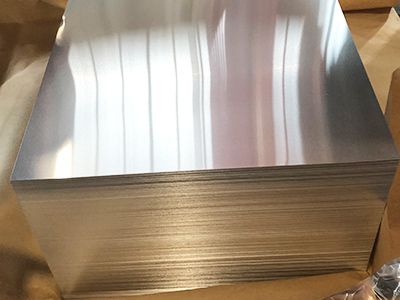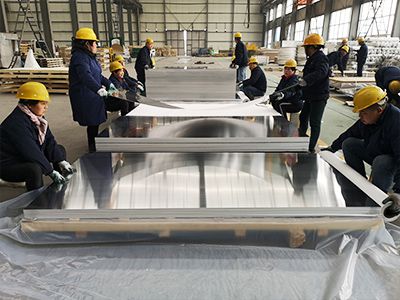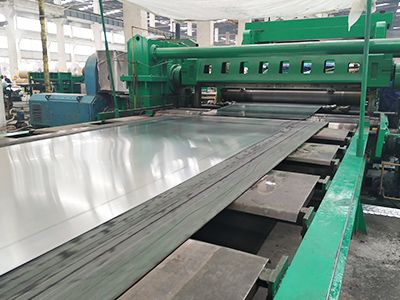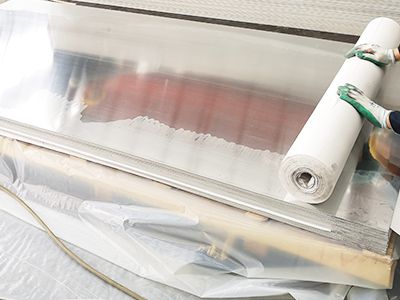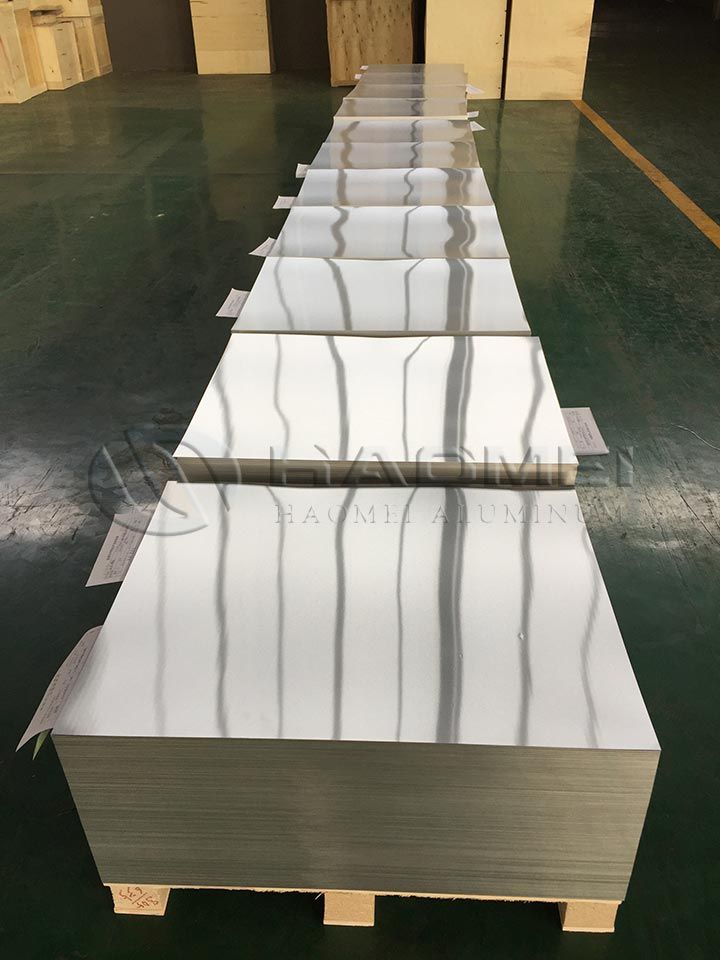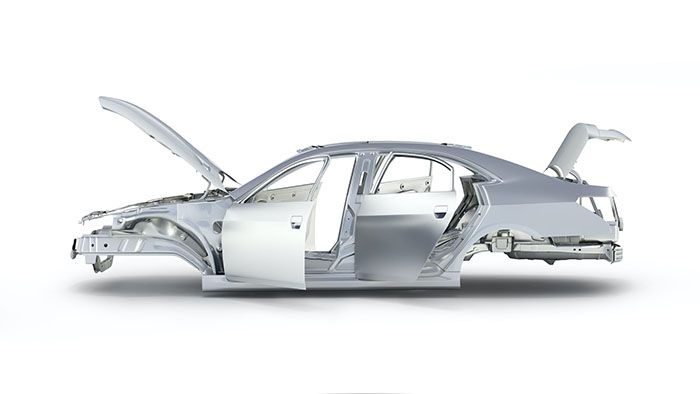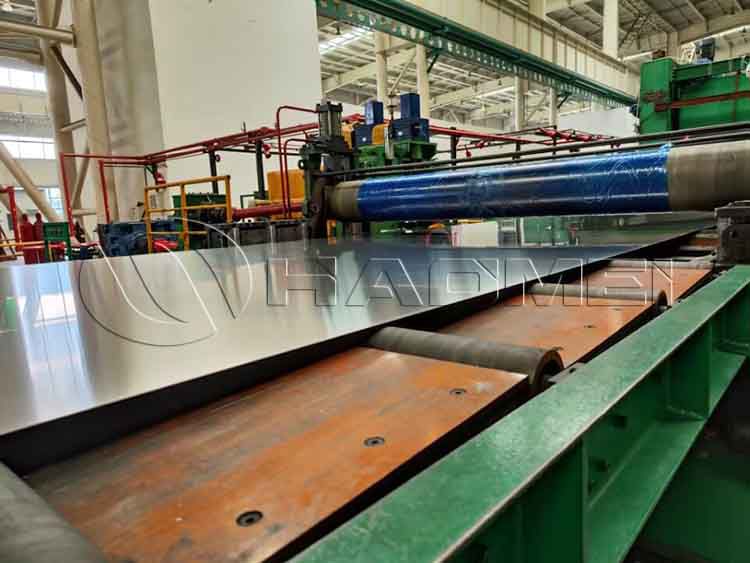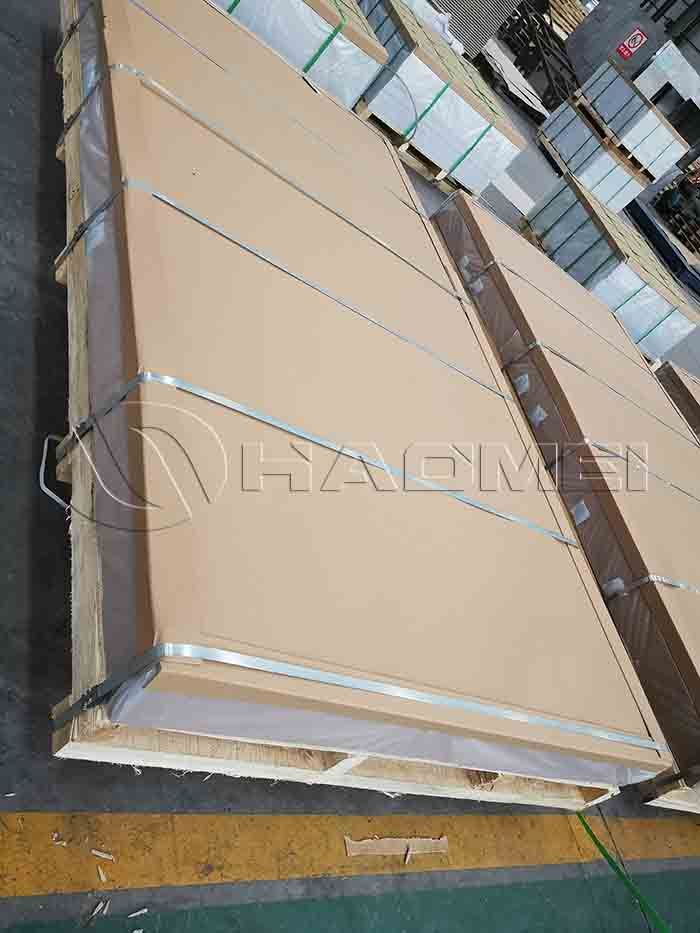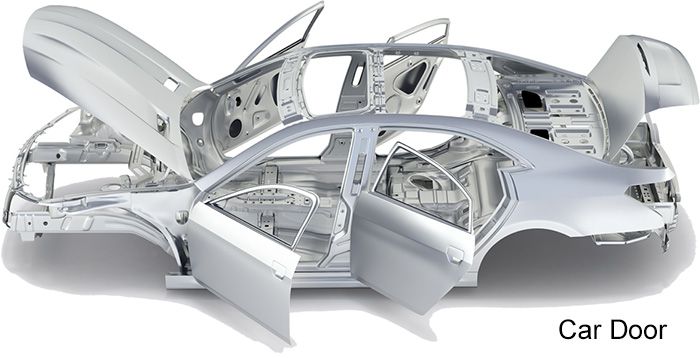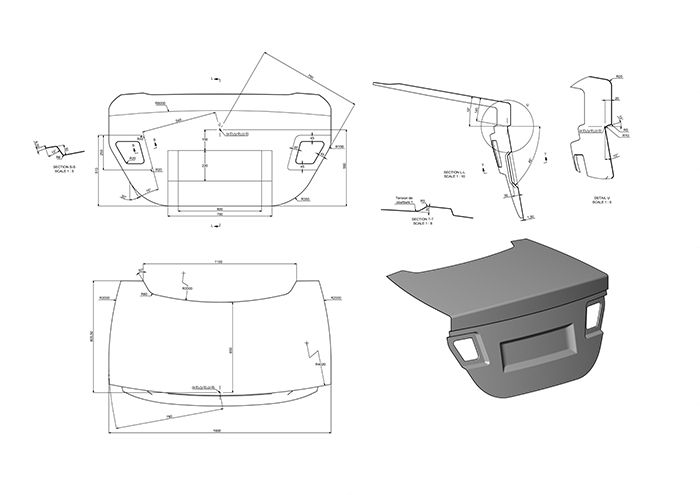Comparison of Two Processing Roots of Aluminum 5754
Nowadays, the number of automobiles is increasing rapidly, and higher requirements are put forward for the types and properties of automobile manufacturing materials. The lightweight of automobiles is the future. 5754 aluminum like aluminium 5754 h22 has medium strength, good welding performance and excellent processing and forming performance, etc., therefore it has many applications in the field of automobile manufacturing.
The 5754 aluminum alloy sheets for automobiles are prepared using two process routes. Process route 1: melting casting – sawing and milling – soaking – hot rolling – cold rolling – annealing; process route 2: melting casting – sawing and milling – soaking – hot rolling – cold rolling - intermediate annealing - cold rolling - annealing.
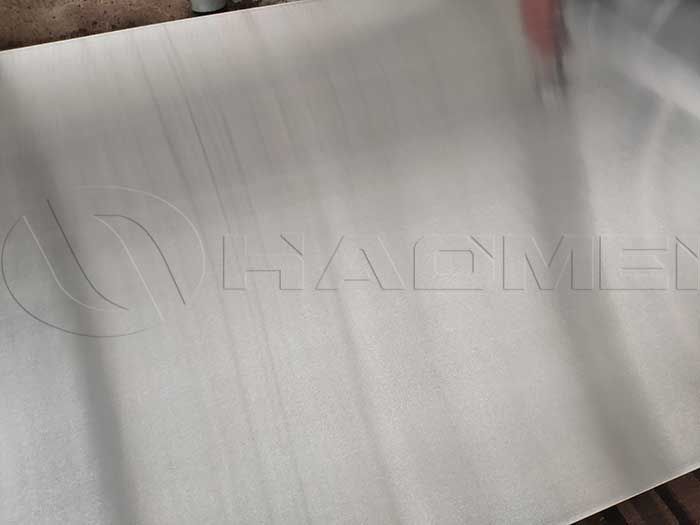
With the increase of annealing temperature, the tensile strength and yield strength of the samples with different processing rates showed a downward trend, and the elongation showed an upward trend.
The properties of the samples with processing rate of 50% and 84% reach a stable state at about 300°C, the properties of samples with a processing rate of 30% tend to be stable at about 310°C. If it is annealed when the processing rate is about 50%, after the performance is stable, the elongation is the highest and the yield strength is the lowest.
With the increase of annealing temperature, the tensile strength and yield strength of different process routes showed a downward trend, and the elongation and deep drawing properties all showed an upward trend.
Among them, the plate strength of process route 2 is low, and the elongation and deep drawing performance are high. During the processing of the aluminum plate, the work hardening of the aluminum plate continues to accumulate, and its crystal lattice is distorted.
During the annealing process, the material undergoes a static recrystallization process, and the crystal grains continue to recover from the cold-rolled fibrous state to a round recrystallization structure. The higher the annealing temperature, the more complete the recrystallization degree, and the final material performance is stable. In order to meet the subsequent production performance requirements, the annealing temperature of the finished product was set at 330 °C for 3 h.
Process route 1: The strength of the plate is higher and the plasticity is lower. The process route 2 uses intermediate annealing to interrupt the work hardening, the grain size is larger, the second phase precipitates less, and the pinning effect on the grain boundary is weakened, so that the plasticity of the material is relatively high.
In actual production, the 5754 aluminum coil is directly annealed. The large volume makes the aluminum coil have a certain temperature difference. The metal temperature of some materials does not meet the requirements, resulting in high strength and low plasticity after annealing.
In order to meet the actual production needs, the annealing temperature was optimized based on the actual production data, and the annealing temperature of the finished product was adjusted to 350°C for 4 hours to ensure the uniformity of the properties of the aluminum coil after annealing. Welcome to contact us for knowing more about 5754 h111 properties.
Original Source:https://www.autoaluminumsheet.com/a/comparison-of-two-processing-roots-of-aluminum-5754.html
Tags: 5754 aluminum ,
Prev:Automotive Aluminum Alloys: 3003 and 5052
Next:Al Alloy 7075 for ABS Body Parts
